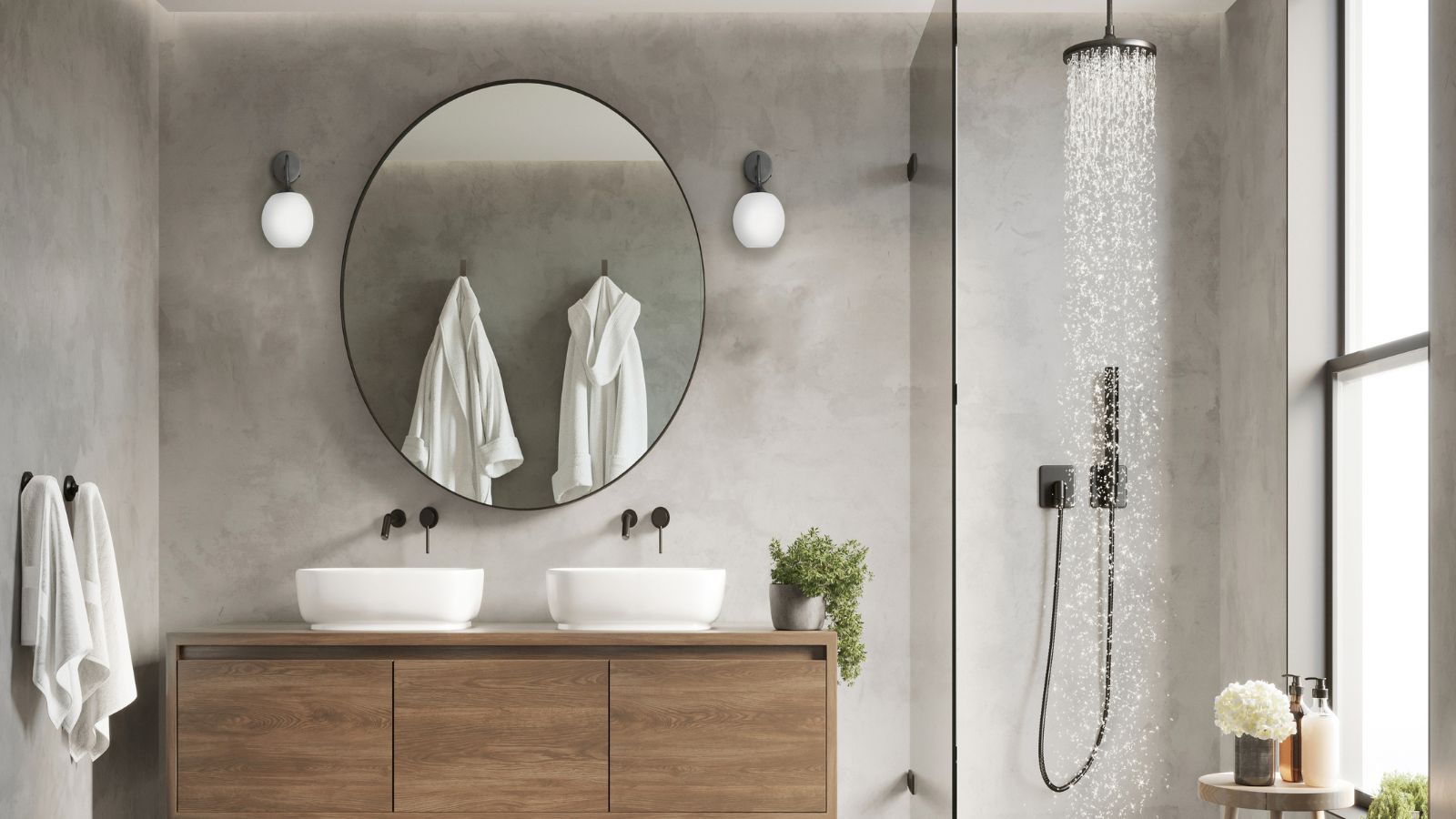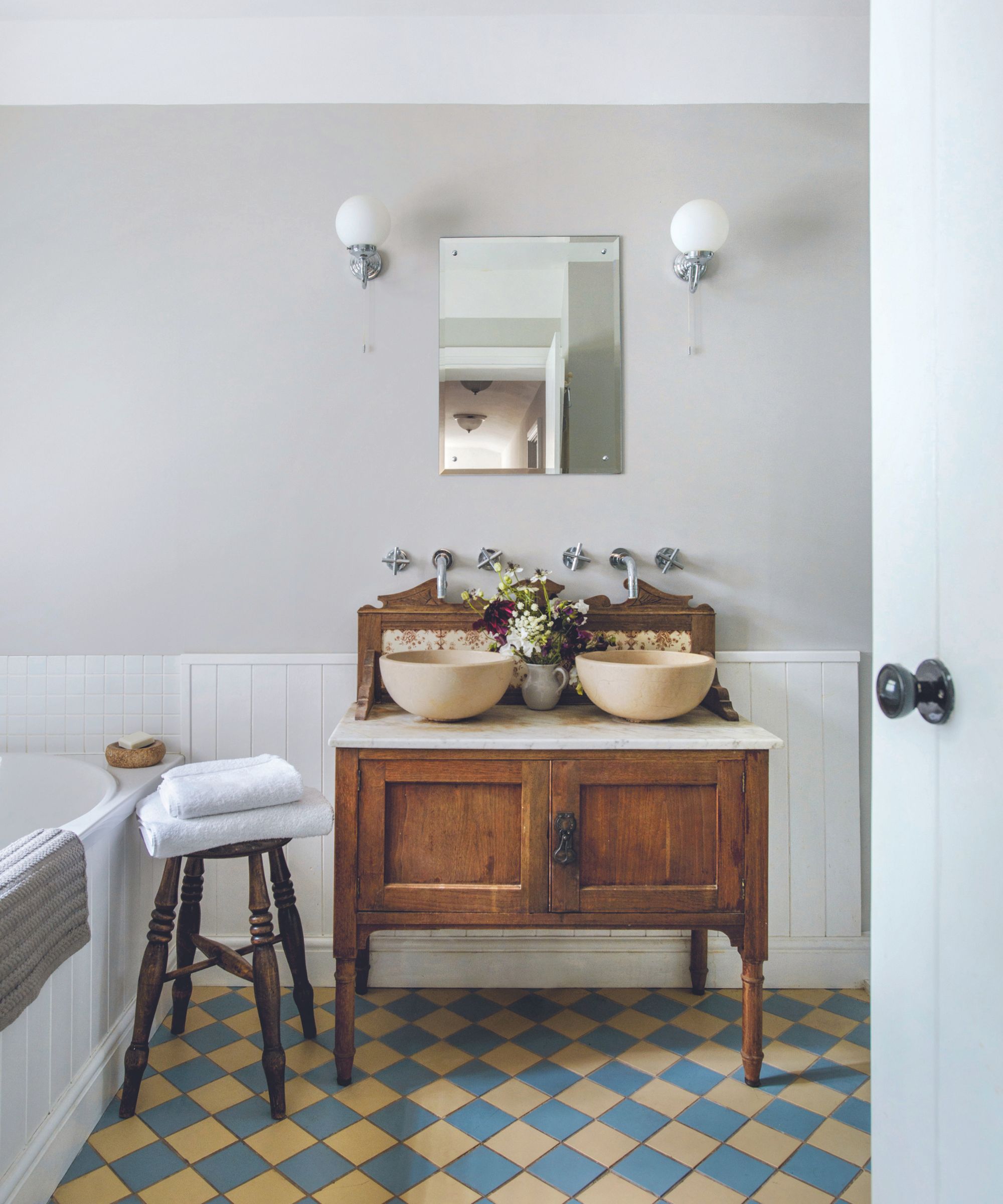Can I shower in a boil water advisory? Scientists share their verdict
A boil water advisory is no reason to skip the shower, experts assure


Luckily, boil water advisories are few and far between, but they can be inconvenient when they strike. Boiling everything from cooking water to water for brushing your teeth is tedious—so can you shower during a boil water advisory?
More often than not, it is generally safe to shower in a boil water advisory, but it can depend on your health and comes with a few caveats, scientists and plumbers warn.
This is what to know about bathing and showering in a boil water advisory, according to the experts.
Can I shower in a boil water advisory?
The short answer is yes, you can shower in a boil water advisory, you simply need to be more cautious with regards to open wounds and ensuring the water does not enter your eyes, nose, or mouth, explains Jess Goddard, Ph.D., chief science officer at SimpleLab.

‘Boil water advisories are typically issued when there is a risk of drinking water contamination from pathogens – which are typically a risk to health when ingested. If you need to shower during a boil advisory:
- Do not ingest the water
- Avoid exposing any open wounds that could become infected
- Avoid getting water in your eyes, nose, or mouth. This could mean washing your face separately using boiled and cooled water.
‘Extra caution is advised if you are immunocompromised or if you are bathing an infant,’ Jess adds. ‘In these cases, it is best to use boiled/bottled water for a sponge bath.’
Similarly, it is fine to wash your hands with tap water during a boil water advisory so long as you are using soap, and washing your hands for the recommended 20 seconds or more. If you want to be safe, you can also use an alcohol-based hand sanitizer that contains at least 60% alcohol, according to the CDC.
Design expertise in your inbox – from inspiring decorating ideas and beautiful celebrity homes to practical gardening advice and shopping round-ups.

Generally speaking, when you are under a boil water advisory, you only need to change your water habits when you will be putting the water near your mouth or broken skin, continues Allison Harrison, co-owner of Goodbee Plumbing and Drains. The same goes for anything that will be consumed by pets.
This means using either freshly boiled and cooled water or bottled water when you; brush your teeth, drink, wash dishes (meaning you may need to pause using dishwashers), cook or wash fruit and produce, and clean cuts and scrapes.
It is also a good idea to stop any automatic ice makers in refrigerators and dispose of any ice made during the advisory to stay safe, Allison adds. Even if the water is filtered, pathogens may still be present. Once the boil water advisory has concluded, you might want to clean water pitcher filters or replace them altogether to be safe before resuming your regular water use.
FAQs
What happens if you accidentally drink water during a boil water advisory?
Most people who accidentally consume water during a boil water advisory will not get sick. That being said, some people may experience typical food poisoning symptoms such as nausea, cramps, and a mild fever. This can often be treated at home but may need medical attention if you become dehydrated.
How long should I run faucets after a boil water advisory ends?
When a boil water advisory ends, it is a good idea to flush the hot water tank and pipes of old, possibly contaminated water by running your faucets for at least 15 minutes. This will flush the pipes out and ensure the water you receive from your taps is safe for consumption.
The bottom line is that showering is okay for most in a boil water advisory. ‘So long as you follow additional safety precautions provided by local health authorities, you will minimize the risk of exposure to harmful bacteria or contaminants in the water during an advisory,’ concludes Allison Harrison, plumbing expert.

Chiana has been at Homes & Gardens for two years and is our resident 'queen' of non-toxic living. She spends most of her time producing content for the Solved section of the website, helping readers get the most out of their homes through clever decluttering, cleaning, and tidying tips. She was named one of Fixr's top home improvement journalists in 2024.